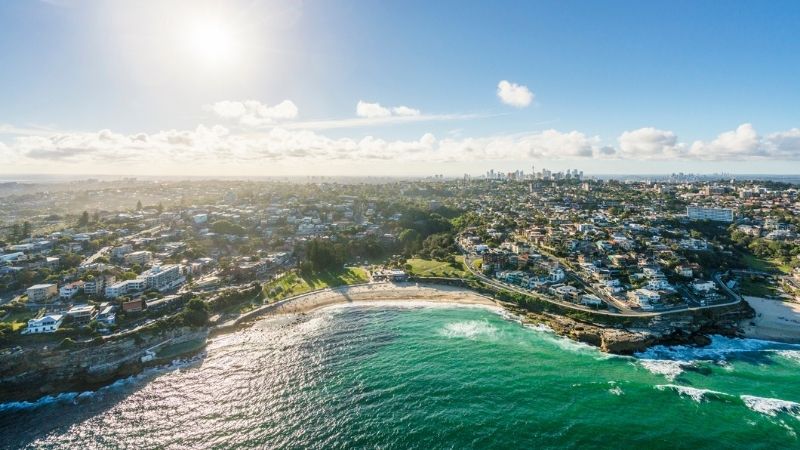Corelogic research director Tim Lawless said the strong demand for detached housing a lack of supply due to historically low levels of investor activity during the pandemic had driven rental prices higher.
“Renters are clearly looking for lower density housing options, with house rents rising at more than double the pace of units rents over the past year, however this trend is starting to narrow,” Lawless said.
“National house and unit rents [were] rising at the same rate over the September quarter at 1.9 per cent.”
“Another factor that may be contributing to rental demand is that more renters are working from home, which could be driving a trend towards smaller rental households as tenants look to maximise their space and working environment during Covid.”
Migration to regional areas has led to a boom in rent prices with regional rents rising 2.2 per cent over the September quarter and 12.5 per cent over the past 12 months, the highest increase ever recorded (since records began in 2005).
“Demographic data is showing a clear trend towards regional population growth, driven by a combination of more people leaving cities for the regions, but also fewer people moving from the regional areas to the capitals,” Lawless said.
“With regional housing rents rising 12.5 per cent over the past year at a time when household incomes have hardly budged, it’s likely that rental affordability is becoming a lot more challenging in some of the most popular regional markets.”










